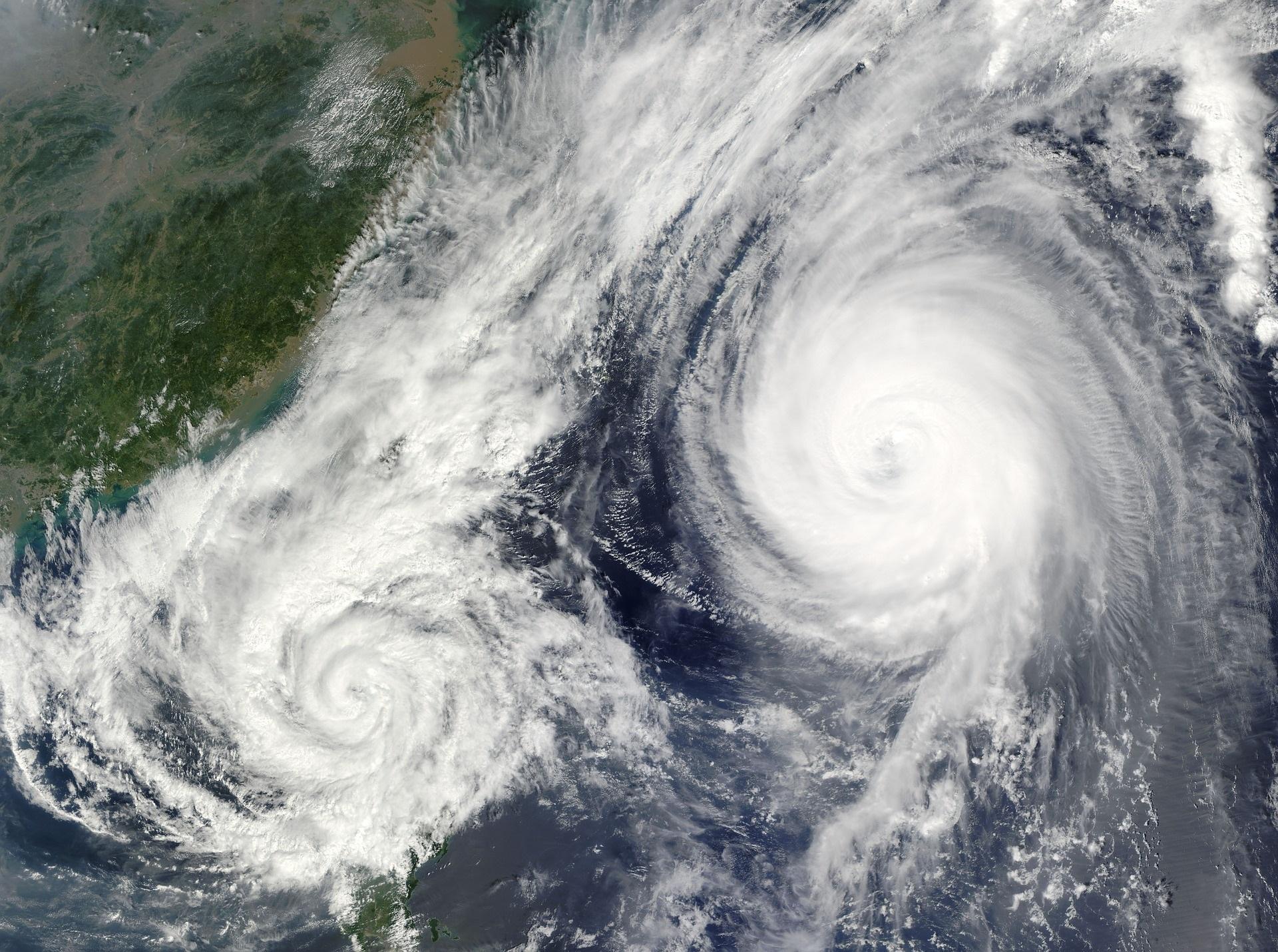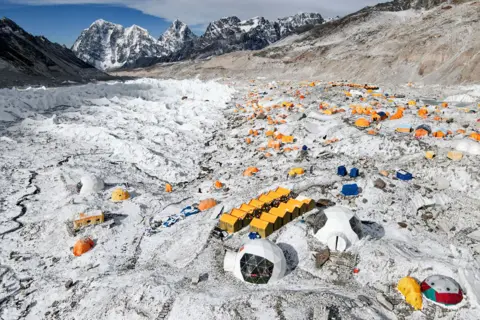How Do We Know Climate Change is Real?
By Tenzin Sherpa
Climate change is an undeniable reality supported by extensive scientific evidence from multiple independent sources. The Earth’s climate is undergoing rapid and unprecedented changes, primarily driven by human activities such as burning fossil fuels, deforestation, and industrial processes. This essay presents a detailed examination of the key indicators of climate change, drawing upon peer-reviewed research, global climate reports, and data from leading scientific institutions.
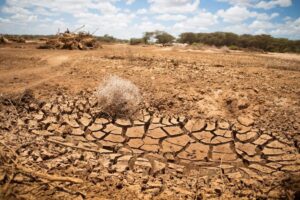
One of the most direct pieces of evidence for climate change is the rise in global temperatures. Instrumental records from surface thermometers show that the Earth’s average temperature has increased by approximately 1.2°C (2.2°F) since the late 19th century, with the most rapid warming occurring since the 1970s. Independent analyses conducted by NASA, NOAA, and the UK Met Office all confirm this trend. Satellite data, which has been monitoring atmospheric temperatures since 1979, further supports these findings by revealing a consistent warming trend in the lower atmosphere. Additionally, paleoclimate evidence from ice cores, tree rings, and sediment layers indicates that current warming is occurring at a rate and scale unmatched in at least the past 2,000 years, with atmospheric CO₂ levels higher than at any point in the last 800,000 years.
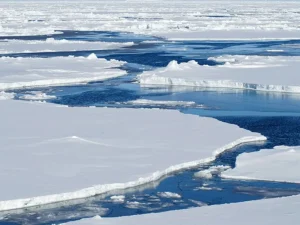
Another critical indicator of climate change is the widespread melting of ice and glaciers. Satellite observations since 1979 reveal that Arctic sea ice is shrinking at a rate of about 13% per decade, with the lowest recorded extents all occurring in the past 15 years. Greenland and Antarctica are losing ice at alarming rates—Greenland sheds roughly 279 billion tons of ice per year, while Antarctica loses about 150 billion tons annually, contributing significantly to rising sea levels. Glaciers worldwide are also retreating at an accelerating pace, with global glacier mass loss doubling since the year 2000. These changes are not part of natural variability; they are direct consequences of rising global temperatures.

Rising sea levels provide further confirmation of climate change. Since 1880, global sea levels have risen by approximately 21–24 cm (8–9 inches), with the rate of increase accelerating in recent decades due to thermal expansion of seawater and melting ice sheets. Satellite measurements indicate that sea levels are now rising at a rate of about 3.4 mm per year, nearly twice as fast as the average rate during the 20th century. If greenhouse gas emissions continue unchecked, projections suggest sea levels could rise by 0.5 to 1 meter (1.6–3.3 feet) by 2100, posing severe risks to coastal communities and ecosystems.
The oceans, which absorb more than 90% of the excess heat trapped by greenhouse gases, are also undergoing significant changes. Ocean temperatures have reached record highs, disrupting marine ecosystems and contributing to coral bleaching. Additionally, increased CO₂ levels are causing ocean acidification, with the pH of seawater dropping by about 0.1 units since the Industrial Revolution—a 30% increase in acidity. This acidification threatens marine life, particularly organisms that rely on calcium carbonate to build shells and skeletons, such as corals, mollusks, and certain plankton species.
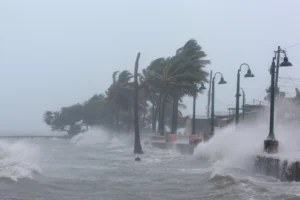
Extreme weather events have become more frequent and intense due to climate change. Heatwaves, such as the 2021 Pacific Northwest event where temperatures reached 49.6°C (121.3°F) in Canada, have been directly linked to human-induced warming. Hurricanes and tropical storms are growing stronger, with warmer ocean waters providing more energy for intensification. Heavy rainfall events and flooding are also increasing because a warmer atmosphere holds more moisture. Conversely, some regions are experiencing prolonged droughts and more severe wildfires, as seen in the U.S. Southwest megadrought and the devastating Australian bushfires of 2019–2020.
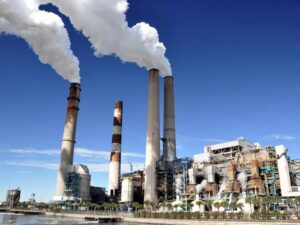
The increase in greenhouse gases, particularly carbon dioxide (CO₂) and methane (CH₄), is the primary driver of climate change. Before the Industrial Revolution, atmospheric CO₂ levels were around 280 parts per million (ppm); today, they exceed 420 ppm, the highest concentration in millions of years. Isotopic analysis confirms that this increase is due to the burning of fossil fuels rather than natural sources. Methane, which is 28 times more potent than CO₂ over a 100-year period, has also surged due to agriculture, fossil fuel extraction, and other human activities.
The scientific consensus on climate change is overwhelming. More than 99% of peer-reviewed climate studies agree that humans are the dominant cause of recent global warming. Every major scientific organization—including the Intergovernmental Panel on Climate Change (IPCC), NASA, NOAA, and the World Meteorological Organization (WMO)—confirms these findings. Despite misinformation campaigns and political debates, the evidence is clear and irrefutable.
In conclusion, climate change is real, measurable, and primarily caused by human activities. The evidence spans rising temperatures, melting ice, sea level rise, ocean warming, extreme weather, and greenhouse gas increases. The next steps must focus on reducing emissions, transitioning to renewable energy, and adapting to unavoidable changes to mitigate the worst impacts of climate change for future generations.
Key Sources:
-
NASA (2024). Climate Change: Vital Signs of the Planet.
-
IPCC (2021, 2023). Sixth Assessment Report (AR6).
-
NOAA (2024). State of the Climate Reports.
-
National Snow and Ice Data Center (NSIDC, 2024). Arctic Sea Ice News & Analysis.
-
Cook et al. (2016). Consensus on consensus: A synthesis of consensus estimates on human-caused global warming.


